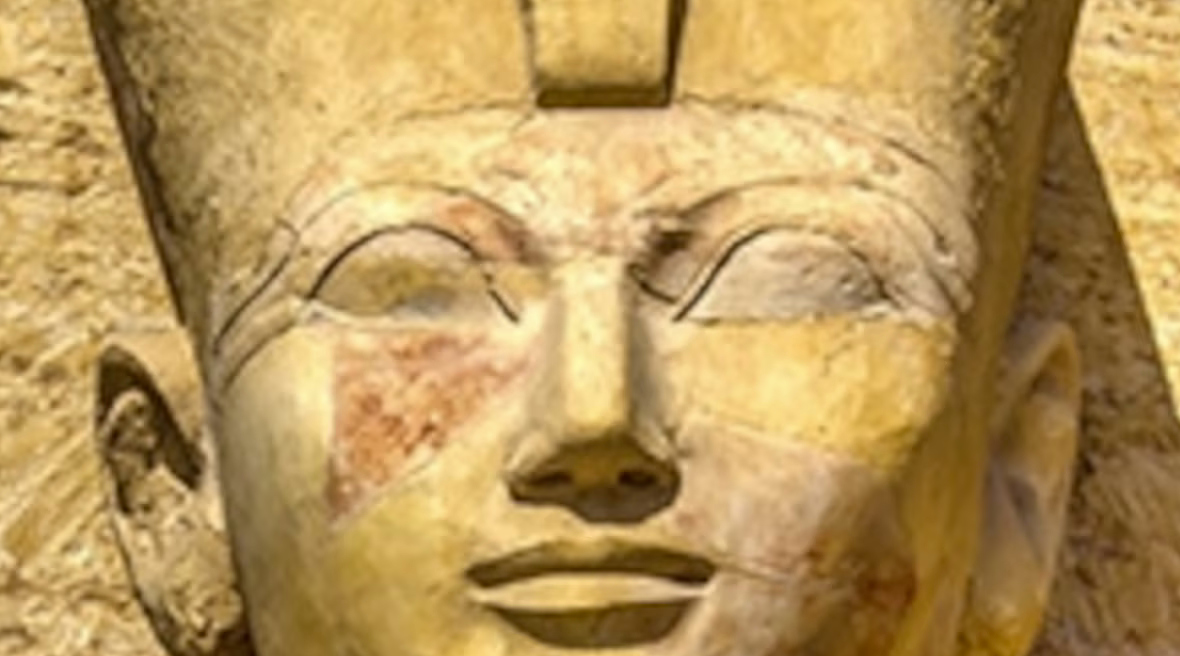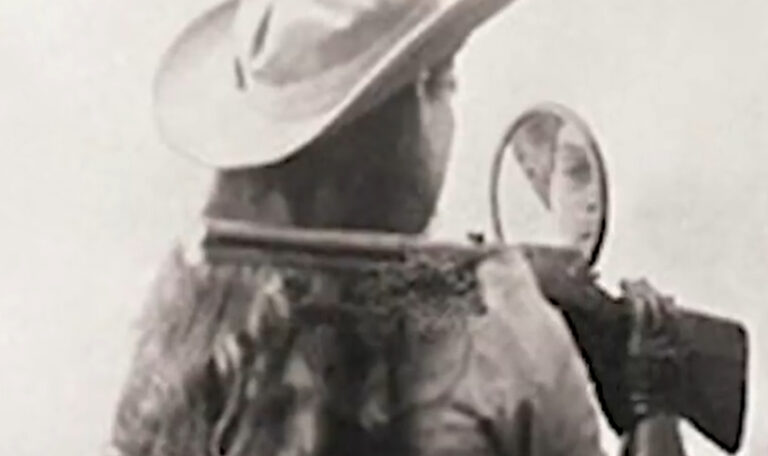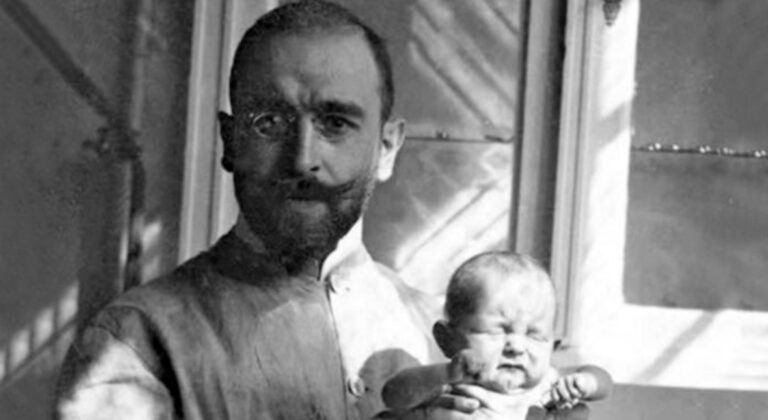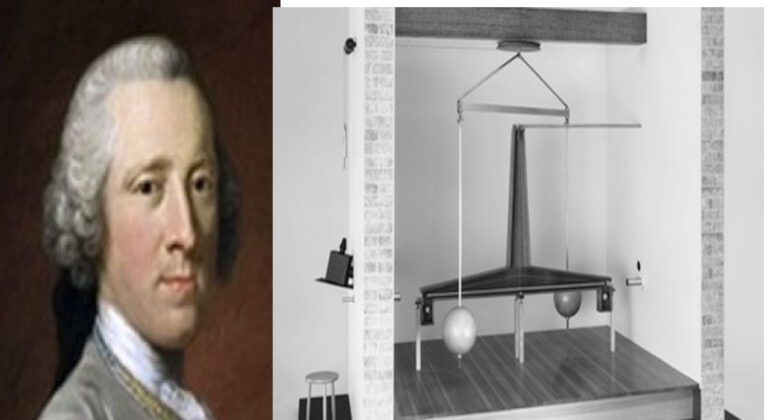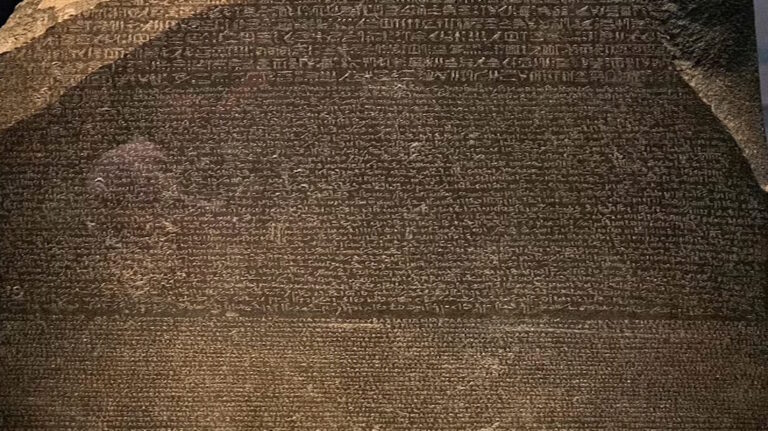History often remembers Hatshepsut as the “female pharaoh” who wore the traditional beard and male regalia — the symbols typically reserved for male rulers of ancient Egypt. This image, while iconic, only scratches the surface of who she was and what she accomplished. Hatshepsut was not simply a woman pretending to be a man to seize power; she was an extraordinary leader who shaped one of the most prosperous and influential reigns in Egyptian history.
Early Life and Rise to Power
Hatshepsut was born around 1507 BCE, the daughter of Pharaoh Thutmose I and Queen Ahmose.
As a princess, she received education typical for Egyptian nobility — learning about religion, administration, art, and diplomacy. This education prepared her for the complex world of court politics and governance.
Her marriage to her half-brother Thutmose II was politically strategic, consolidating her claim to the throne. Upon Thutmose II’s early death, the crown passed to his infant son, Thutmose III, born to a lesser wife, Iset.
Because Thutmose III was a child, Hatshepsut initially acted as his regent—a role that soon evolved into full pharaonic power. Hatshepsut’s decision to declare herself pharaoh was bold and revolutionary. She adopted male regalia and titles, including the iconic false beard, but cleverly kept some feminine pronouns in texts. It was a careful balancing act between tradition and innovation, showing her political savvy and courage.
One of her first moves was to commission inscriptions that described her as the daughter of the god Amun, conceived when Amun visited her mother in the form of her father, Thutmose I. This mythic origin story gave her divine right to rule, making opposition politically risky.
Her support for temple construction and priestly activities helped centralize religious power in Thebes, promoting unity across Egypt. This strategy also helped stabilize her reign by gaining the backing of influential priesthoods.
Economic and Diplomatic Achievements
Beyond monumental construction, Hatshepsut’s diplomatic acumen was a crucial factor in her success. She recognized that Egypt’s strength relied not only on military might but also on trade and international relationships. One of her most famous diplomatic and economic feats was the organization of a major expedition to the Land of Punt — a mysterious and wealthy trading partner located somewhere along the Red Sea coast, possibly in modern-day Eritrea or Somalia.
The expedition to Punt was groundbreaking, both in scale and significance. It involved a fleet of ships carrying skilled sailors, traders, and craftsmen who navigated challenging waters to reach this distant land. The purpose was to acquire luxury goods highly prized in Egypt, including frankincense, myrrh, gold, ebony, ivory, and exotic animals such as giraffes and baboons. These goods were essential for religious rituals, daily life, and the display of royal wealth.
Records and reliefs from Hatshepsut’s temple vividly illustrate the Punt expedition’s success. They show scenes of the Egyptian envoys being warmly received by the Puntite king and queen, the loading of precious cargo onto ships, and the return journey filled with treasures. This mission not only boosted Egypt’s economy but also strengthened diplomatic ties, underscoring Hatshepsut’s skill in forging peaceful and mutually beneficial relations with foreign powers.
Hatshepsut’s emphasis on diplomacy and trade over warfare set her reign apart from many other pharaohs who prioritized military conquest. By securing vital resources and fostering stable external relations, she ensured a steady flow of wealth and goods that fueled Egypt’s prosperity.
Domestically, Hatshepsut invested heavily in restoring and expanding agricultural lands, improving irrigation canals, and overseeing mining operations in the Sinai and Nubia. These efforts ensured a steady flow of resources like copper, turquoise, and gold—essential for both economic stability and temple building.
Architectural Innovations: The Temple of Deir el-Bahri
Hatshepsut’s reign is perhaps best remembered through her spectacular building projects, especially her mortuary temple at Deir el-Bahri. The Mortuary Temple of Hatshepsut, known in ancient times as Djeser-Djeseru (“Holy of Holies”), was designed by her architect and close advisor Senenmut. Unlike the typical pyramid structures of earlier periods, this temple features a series of broad terraces, colonnaded porticoes, and rampways that rise in perfect symmetry against the cliff face. The temple’s layout was unique for its time and marked a shift in Egyptian temple architecture, setting the tone for later New Kingdom structures.
Other notable building projects include the expansion of the Karnak Temple complex and several temples dedicated to gods like Hathor and Anubis, showing her deep involvement in religious life.
Conscious of Legacy: Shaping a Historical Identity
Hatshepsut may have been keenly conscious of her exceptional place in history. Unlike many rulers whose legacies were constructed posthumously by scribes or successors, Hatshepsut took an active role in shaping her historical identity. Through architecture, inscriptions, and symbolic representation, she curated a narrative that emphasized her right to rule and her divine favor.
Central to this effort was the claim of divine birth. In reliefs adorning her mortuary temple at Deir el-Bahri, Hatshepsut is shown being conceived by the god Amun, with her mother, Queen Ahmose, as the earthly vessel. This mythic framing elevated her status from political regent to a divinely sanctioned monarch, equating her legitimacy with that of any male pharaoh. By doing so, she bypassed traditional gender roles entirely, asserting that her authority derived not from bloodline alone but from the gods themselves.
She also controlled how she was visually represented. While early statues and reliefs depicted her as a woman in traditional dress, many later ones show her with the masculine features, headdress, and false beard associated with kingship. This shift was not an attempt to deny her gender but rather a strategic alignment with royal convention — an embodiment of the role rather than a denial of her identity. Hatshepsut’s iconography suggests a nuanced understanding of power and perception; she knew that to rule effectively, she had to be seen not merely as a woman in power, but as the pharaoh in every sense.
Her monuments, especially at Karnak and Deir el-Bahri, are filled with inscriptions detailing her achievements, piety, and dedication to Ma’at — the divine order of truth, balance, and justice. These inscriptions serve not only as historical records but as acts of self-definition. Hatshepsut ensured that her reign would be remembered not as an anomaly, but as a legitimate and prosperous chapter in Egypt’s dynastic story.
Even the posthumous attempt to erase her legacy — with her name and images chiseled out from temples and monuments — testifies to how powerful her presence in the historical narrative had become. Despite efforts to reassert patriarchal norms after her death, modern archaeology has recovered and restored her story, revealing a ruler who understood that power was as much about legacy as it was about governance.
Toward the end of her reign, Hatshepsut erected a second pair of obelisks at the Temple of Karnak — towering monuments meant to reach the heavens and proclaim her divine favor and authority. On one of these obelisks, she had carved a deeply personal and revealing inscription that speaks not only to her piety but perhaps also to her awareness of how unusual — and vulnerable — her reign truly was.
It reads:
“Now my heart turns this way and that, as I think what the people will say — those who shall see my monument in years to come, and who shall speak of what I have done.”
Hatshepsut seems to step outside the royal persona and address the future directly, expressing concern for how she will be remembered. These words reveal a ruler who was not only conscious of legacy, but also of posterity — of the fragile thread that connects a reign to remembrance.
